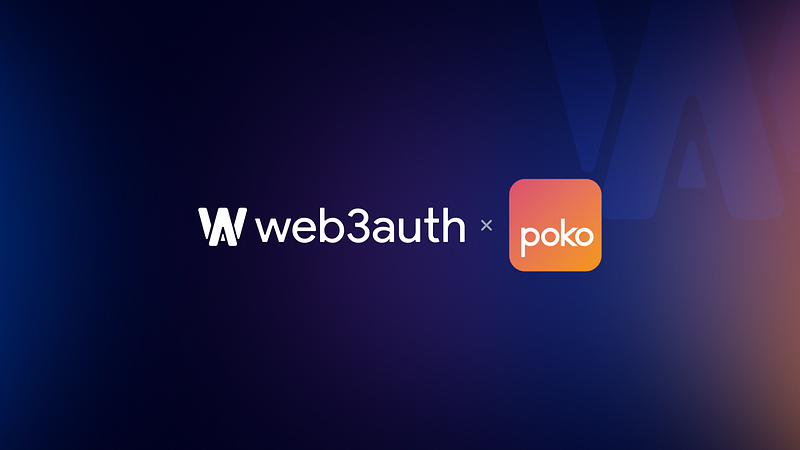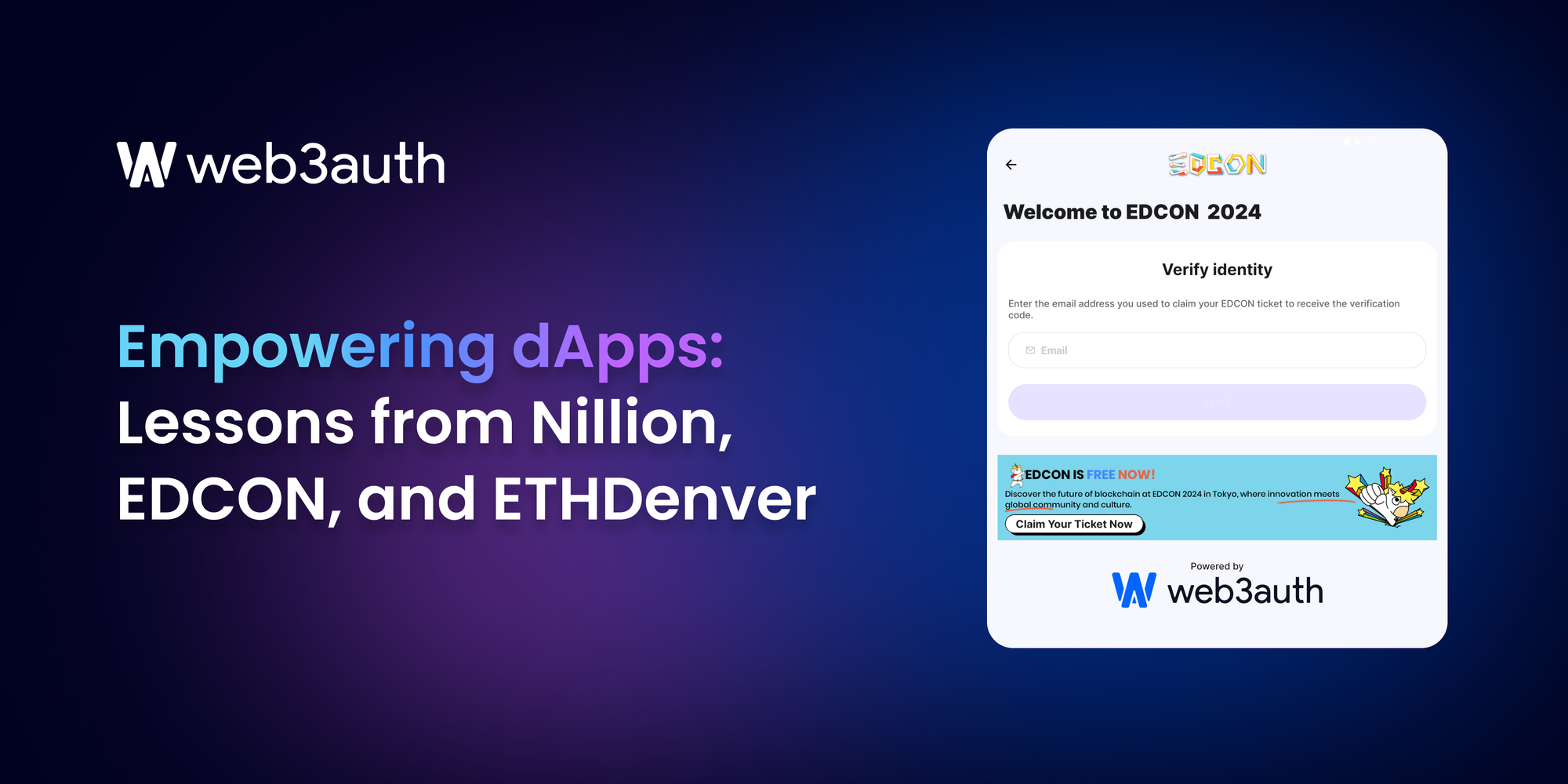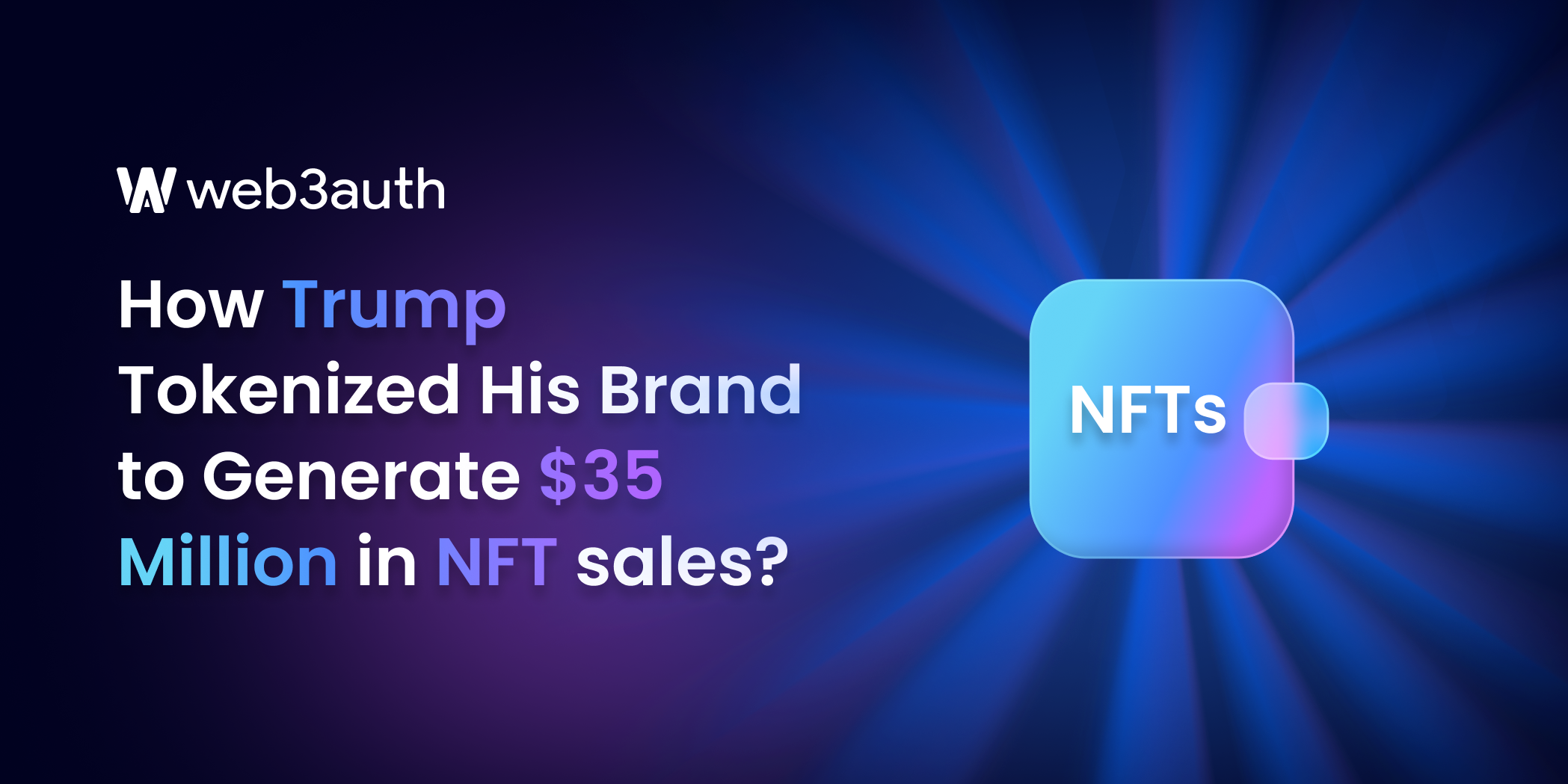Like it goes without saying across every other wallet, the team at Ronin Wallet identified that a major percentage of Web2 users were not familiar with the concept of a crypto wallet. While most users are familiar with the ID and password system, they did not fully understand what seedphrase is and its importance.
Users had to understand the importance of keeping a seedphrase secret and secure, while the wallet provider cannot, by any means, recover the account once the seedphrase is lost. The onboarding flow was lengthy as it included terms and conditions, disclaimers, and 3 to 4 pages of various different steps in having to manage seedphrases. But this was only until the wallet went on to integrate social logins for its users. Prior to the social login integration, the Ronin team could witness massive drop-offs from start of wallet creation in-app till the completion, largely at the seedphrase level itself —
- Start to Wallet creation — close to 100%
- PIN and biometrics — close to 100%
- Seedphrase flow completion — almost 80%
- Complete wallet creation — almost 75%
Read more: How Keplr pioneered social logins for Web3 wallets way before it was cool
Integration with Web3Auth
Quy Dau (Bean), Head of Ronin Wallet said, “Web3Auth enables social login, providing a seamless onboarding experience for Ronin Wallet users. The team is amazingly supportive, and our integration was completed at super speed. We are happy to have found another partner that is pushing Web3 towards mass adoption.”
The Ronin team knew Web3Auth ever since they were actively searching for a better solution to replace the conventional seedphrases. After the integration with Web3Auth, more than 50% of new users opted in for the social login feature to create their new wallets. Another observation was that Ronin’s core or power users were now able to refer more users from their social network through the ease of onboarding.
The Ronin Wallet browser extension allows users to play the play-and-earn Web3 game Axie Infinity, among many other dApps in Web3. Axie Infinity is touted to be the #1 NFT project by all-time NFT trading volumes (4.2B). The video game is created by Sky Mavis, which is on a mission to create digital property rights for all users of the internet. The game has garnered recognition for its innovative in-game economy, leveraging Ethereum-based cryptocurrencies.
They can also further access other decentralized applications (dApps) running on Ronin, the Ethereum sidechain built specifically for Web3 games. The wallet allows users to manage their digital identities to experience true ownership of their digital assets, while processing transactions without having to pay any gas fees.
After Ronin integrated with Web3Auth to further improve its onboarding process, the team went on to make the social login feature prominent, to maximize the funnel conversion — from downloads — to wallet creation.
The typical onboarding time with seedphrases is about 5 to 15 mins. With Web3Auth’s, Ronin Wallet users could now onboard themselves in under 30 seconds, while transaction signing now happens with a latency time of as low as under a second. With data from its customers, Web3Auth reports that seed-phrases only have a conversion rate of about 15% to 22% while onboarding new users in Web3. With Web3Auth integration, that number now shoots up massively to 62%.
“Web3Auth presents as a trustworthy partner that provides web3 social login, the UX that most users are comfortable with. The onboarding process becomes minimal — users can easily choose to create wallets with their email or their existing social accounts (Apple, Google, Facebook). It looks and feels like registering and logging in any other familiar Web2 applications. UX integration with Web3Auth is more user-friendly, hence we are highlighting email/social login with Web3Auth as the preferred method,” said Quy.
If you are building a Wallet or a dApp and you are looking to onboard the next billion users on to Web3, sign up here to try out our SDKs. Read more: Announcing our partnership with Trust Wallet to offer the simplest Web3 onboarding ever
Frequently asked questions (FAQs)
- What is a social login?
Social login is a type of single sign-on using existing login information from a social networking service such as Facebook, Twitter, Google, or LinkedIn to sign into a third-party website instead of creating a new login account specifically for that website. Web3Auth offers a safe, secure and reliable wallet-as-a-service (WaaS) infrastructure for wallets and dApps to empower both web2 and web3 users to use their social logins and authentication themselves on Web3, instead of having to use complex seedphrases.
- What is Multi-party Computation (MPC)?
In Multi-party computation (MPC), a user’s private key is divided into multiple different parts and stored across multiple devices. When a transaction needs to be signed on blockchain, these devices are dynamically called to ‘partial sign’ the transaction, which is taken to the frontend, to be able to reconstruct the final signature. This means the entire private key is always available to use but never stored in a single location. In today’s Web3, MPC empowers Two-Factor Wallets (2FW) and Multi-Factor Authentication (MFA) tremendously. It compels end-users to securely and intuitively manage the user keys by using multiple authentication factors, instead of having to rely on a single seed-phrase. The solution is to offer a familiar, web2-like login experience to both web3 and web3 users, by allowing them to login via their social logins via multiple factors (Multi-Factor Authentication) like email, social media accounts, telegram, discord, among others.
- What is self-custody?
No parties or subsets of parties can access the user’s public and private key pair. The user has full access over their public and private key pair. Self-custody represents that a user has full control over their key and their assets and custodial means that a third party handles a user’s key and assets on their behalf.









